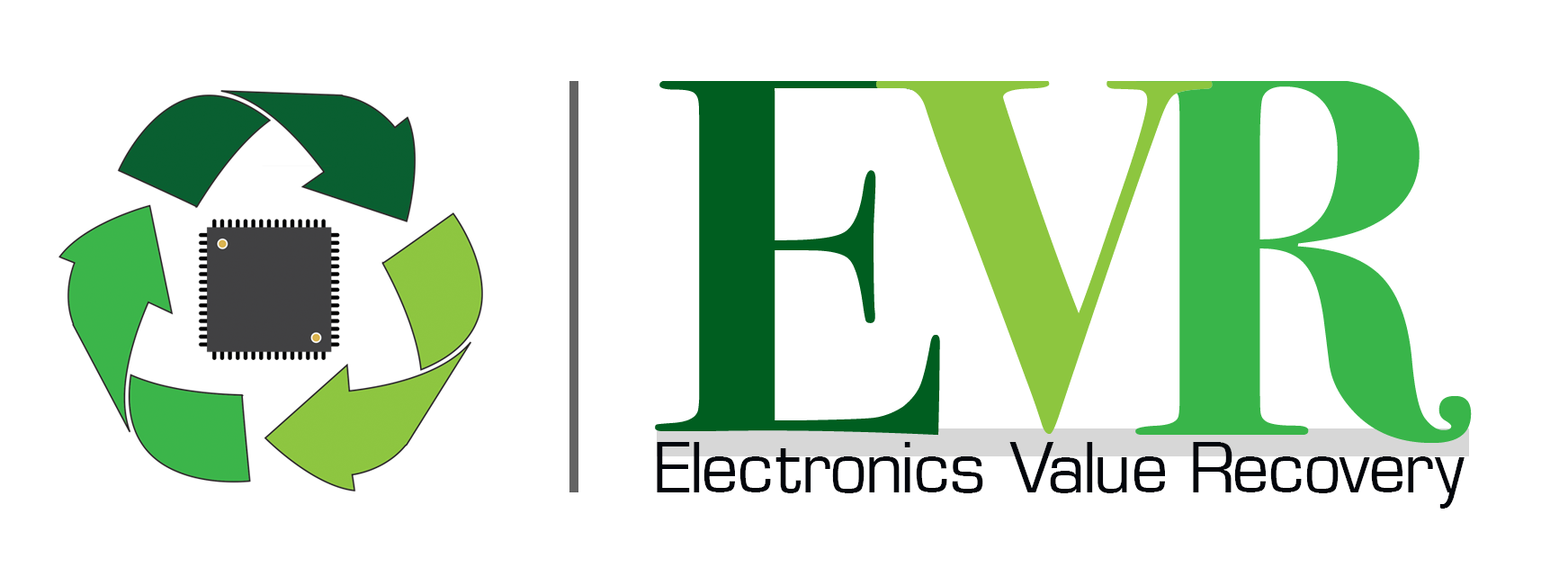
“I Can’t Believe Summer is Over!” Maryland’s Tax Free Week is finished but I’ll bet there are still some items on your list. Below are six tips to green your back-to-school shopping, reduce your environmental footprint and support you local communities.
1. Shop your own closets FIRST.
Often we shop the list provided by the school only to find out some things aren’t needed after all. If you’re like me, you don’t bother to take them back. You just put them in a closet. My youngest child never got the “joy” of back-to-school shopping because we always had leftovers from the eldest.
2. Buy Recycled Content Whenever Possible
I am not talking about items like novelty pens from cardboard or rubber. They’re fun and good conversation starters but most kids don’t like them and there are stable markets for these two recyclables. They don’t need to be made into trinkets. I did see pens with a high percentage of “plastic bottle” content but this is hardly the highest and best use, and it’s not going to make a dent in the backlog of plastics piled up around the world. What about lobbying the industry for bottle-to-bottle recycling instead?
Yes, I’m biased but paper is a great place to start. There are numerous recycled paper supplies, from copy paper to notebooks to folders and hanging files. They can be collected in your school’s recycling program and recycled over and over again (5-7 times!). Much of the paper sold in the US is from sustainably managed forests (tree farms). U.S. forests absorb approximately 16% of our carbon emissions. However, “some comes from rain forests in Indonesia , Boreal forests in Canada and other sensitive ecosystems” according to www.stand.earth, so take a moment to check. Sustainably produced paper products will have the Forest Stewardship Council’s logo imprinted on it.
3. Buy Re-Useable and Durable
Consider buying refillable pens. You will need to have a few as they will get forgotten or lost but it will also help teach responsibility and keeping track of one’s belongings. I also saw that there are mechanical pencils made from recycled plastic. These would be a better choice than the disposable but better options with recycled content plastic are clipboards, rulers, and desk accessories.
4. Think Re-Useable for Lunches…and Left-overs at Home
The biggest challenge I have with my family is weaning them from “baggies” and plastic wrap. (Admittedly, we do have a problem with matching the lids to the bottoms but we’ll get there.) I’m not suggesting you spend a lot of money on bento boxes wrapped in a scarf, though it sounds cool! Until the habit becomes ingrained there will be some containers left in the lunchroom and on the playground. Leftover carryout boxes should work for most items, including “breakables” like chips and cookies. There are also numerous re-useable “baggies” out there in multiple sizes.
5. #BuyLocal #ShopSmall
This is the hardest of all when it comes to shopping for school supplies. Thirty-three years ago we purchased our office supplies in a little shop in Westview Mall called State Office Supply. Sometime later, we partnered with a local shredding company, “DocuShred.” We eventually learned that the owner had previously owned State Office Supply and got into shredding when he lost too much business to the “big box” store up the street. #Smalltimore
Still, keep your eyes open. You may see the perfect agenda, calendar or journal in one of your local gift shops. It may cost a bit more than something generic, but it could be just what your child needs to keep track of assignments or doodle their thoughts and you’ll be supporting your local community!
Are you a teacher of grades K-3? Check out the “Recycling Matters” curriculum and activities developed by www.RecyclingPartnership.org
6. Yes! Refurbished Electronics!
Refurbished computers, tablets and laptops are probably the last thing that comes to mind when you think #BuyRecycled. Not to be confused with “used,” refurbished devices go through a thorough vetting process. They are inspected, tested and repaired with new parts. Missing keys are replaced, new covers, called “skins” cover any visible exterior blemishes and they are restored to “like new” condition. Reputable firms offer reasonable return policies and warranties. Devices that are “certified” to be in working order are not the same as refurbished because most of the time certified devices have not been repaired.
Why #BuyRefurb?
The volume of electronic waste or “ewaste” was estimated to be 58 million tons in 2019. It is predicted to grow to 83 million tons by 2030. Only approximately 22% of ewaste is recycled worldwide. Discarded electronics account for 70% of the toxic waste in landfills potentially penetrating the soil and spilling into groundwater and nearby waterways. Reusing and recycling them reduces this contamination of the environment and our own health from exposure to these contaminants.
Whether you’re sending your first one off to kindergarten or your last one back to college, back to school you can teach your children an important lesson about the environment and economics even before they start their first day!

